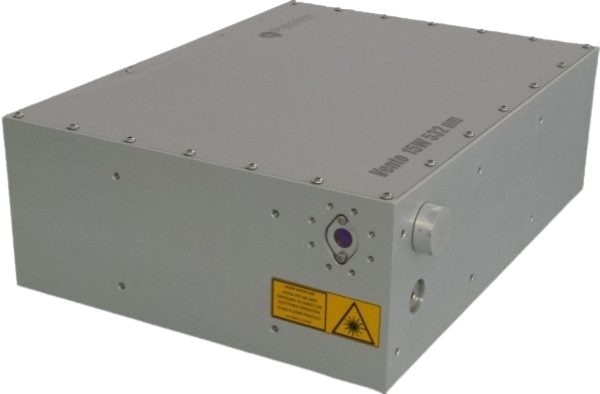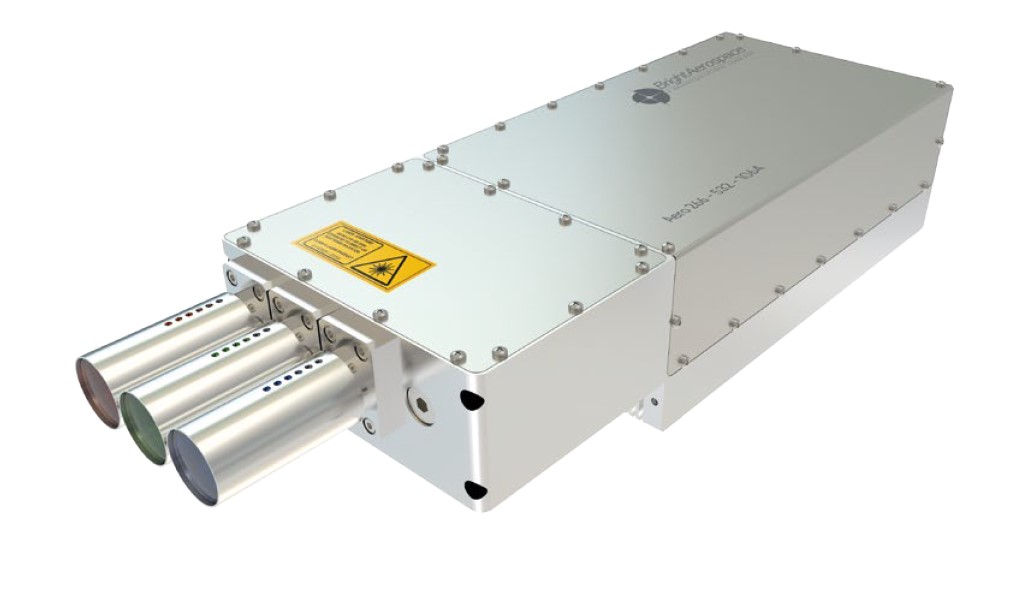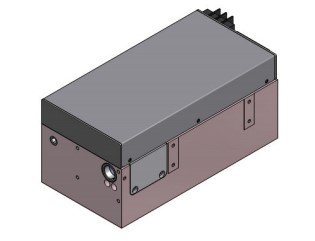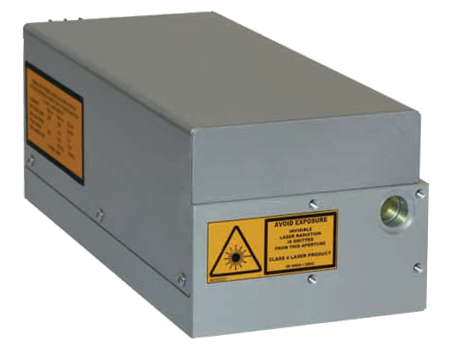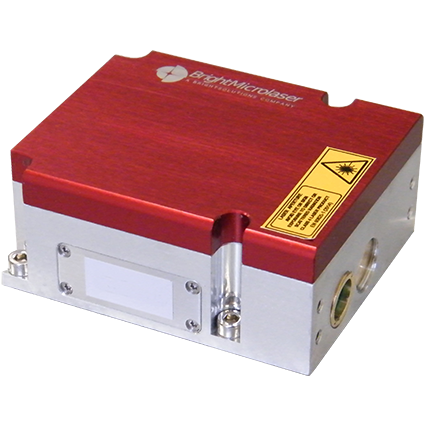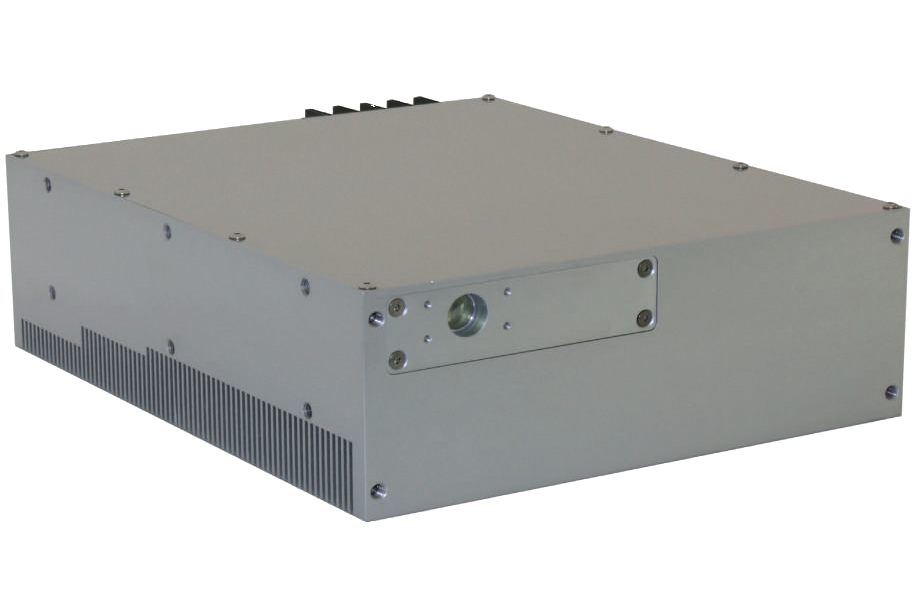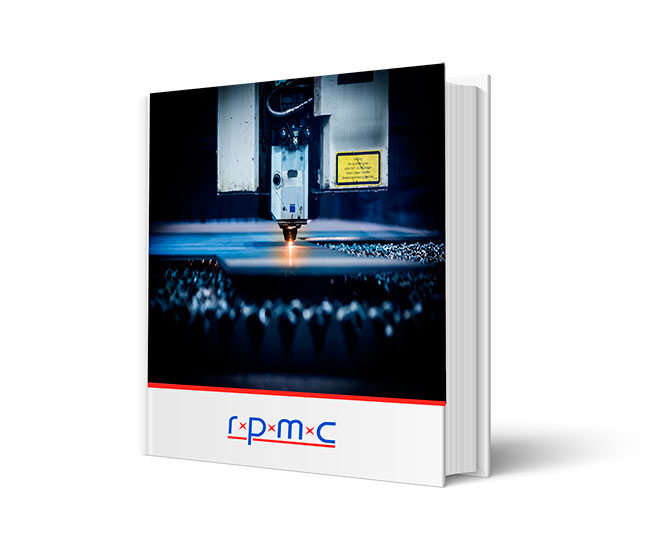Vento
MOPA Laser, ns/ps pulsed, 532-1064nm, up to 1.5mJ, up to 100W, up to 200kHz
POPULAR CONFIGURATIONS:
Picture |
Part Number |
Part Description |
Datasheet |
|
|---|---|---|---|---|
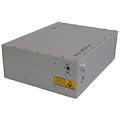
|
Vento 40W 1064nm |
DPSS sub-Nanosecond laser 1064nm, 40W, 500ps to 1500ps, 50 to 120kHz or 80 to 200kHz, water-cooled |
|
Get Quote |

|
Vento 25W 1064nm |
DPSS sub-Nanosecond laser 1064nm, 25W, 500ps to 1500ps, 50 to 120kHz or 80 to 200kHz, water-cooled |
|
Get Quote |

|
Vento 16W 1064nm |
DPSS sub-Nanosecond laser 1064nm, 16W, 500ps to 1500ps, 50 to 120kHz or 80 to 200kHz, water-cooled |
|
Get Quote |

|
Vento 20W 532nm |
DPSS sub-Nanosecond laser, 532nm, 20W, 500ps to 1200ps, 50 to 120kHz or 80 to 200kHz, water-cooled |
|
Get Quote |

|
Vento 15W 532nm |
DPSS sub-Nanosecond laser, 532nm, 15W, 500ps to 1200ps, 50 to 120kHz or 80 to 200kHz, water-cooled |
|
Get Quote |

|
Vento 8W 532nm |
DPSS sub-Nanosecond laser, 532nm, 8W, 500ps to 1200ps, 50 to 120kHz or 80 to 200kHz, water-cooled |
|
Get Quote |
The Vento series is a compact and ruggedized sub-nanosecond MOPA laser series, providing fully tailored solutions, whether operating in a clean, scientific laboratory or in harsh industrial machining or airborne LIDAR application environments, requiring a low SWaP configuration. With pulse durations down to 500 ps and repetition rates up to 200 kHz, this laser series produces a high average power of up to 50 W @ 532 nm and up to 100 W @ 1064 nm. Choose from many options including beam expanding & collimating options, low jitter options, air- or water-cooling, an industrial or up to IP68 protected package, and more options, depending on your requirements.
We’re experts in selecting the right laser for your application!
Vento MOPA Laser Configuration Examples:
Fully tailored solutions, based on the following configurations. Let us know what you need!
Benefits:
- Completely tailored solutions for your application:
Work with our team to define your desired laser specifications to get exactly what you need for a successful application - Low SWaP, ruggedized & airborne-ready:
Compact, lightweight, efficient, and resistant to vibration, ideal for LIDAR and aerospace applications. - Short sub-nanosecond pulses:
The short pulse duration allows for high precision in applications like LIDAR and micromachining.
- High average output power:
The high-power output allows for faster material processing speeds and increased LIDAR signal strength. - Efficient & compact air cooling – Water cooling option:
Smaller footprint & less maintenance for airborne applications, w/ the option for water cooling for enhanced thermal management. - Industrial or MIL-grade design:
Whether working in a clean laboratory or in a harsh environment, the Vento can be configured for your specific requirements.
Options Available
- Beam expanding and collimating optics
- Low jitter option
- Extended operating temperature range
- Pulse energy modulation
- Up to IP68 package
- 28V DC Input for airborne installation
- Circular polarization
- Remote control box & software interface
- AC-DC power supply
Don’t hesitate to ask us anything!

 BUY NOW
BUY NOW 
